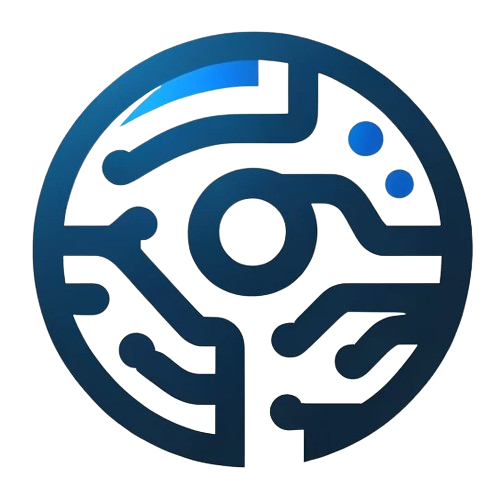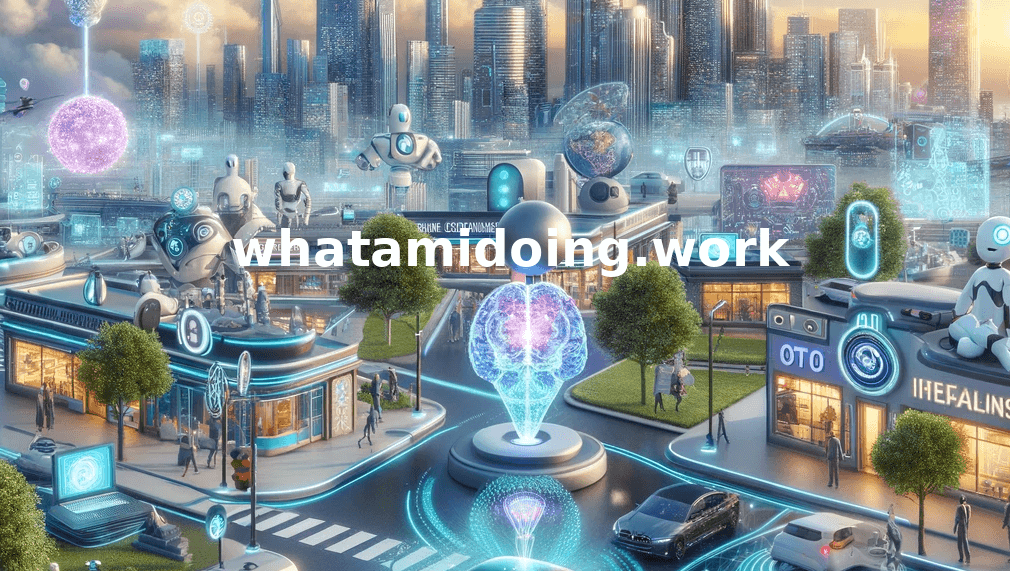Minimalist design approach strategy refers to an approach in design that prioritizes simplicity, clarity, and minimalism to create user interfaces and experiences that are intuitive, efficient, and visually appealing. It aims to remove unnecessary elements, distractions, and clutter, allowing users to focus on the essential content or functionality. Key principles of minimalist design approach include:
Discussion
- Simplicity: Keeping designs straightforward and uncomplicated to avoid overwhelming users with unnecessary information or complexity.
- Clarity: Ensuring that elements are easy to understand and navigate, with clear visual hierarchy and organization to guide users through the interface.
- Minimalism: Using only essential elements and whitespace to create a sense of spaciousness and reduce visual noise, resulting in a more elegant and refined design.
- Consistency: Maintaining uniformity in design elements, such as colors, typography, and layout, across the interface to enhance usability and create a cohesive user experience.
- Focus on Content: Placing emphasis on the content or functionality that matters most to users, while minimizing distractions and peripheral elements.
- Whitespace: Leveraging whitespace effectively to create breathing room between elements, improve readability, and draw attention to key content.
- Visual Hierarchy: Establishing a clear order of importance among design elements through size, color, contrast, and placement to guide users’ attention and actions.
- User-Centered Design: Prioritizing the needs and preferences of users throughout the design process, with a focus on usability, accessibility, and user satisfaction.
Adoption:
Minimalist design approach strategy is a design approach that emphasizes simplicity, minimalism, and clarity in visual communication. It focuses on removing unnecessary elements, reducing clutter, and presenting information in a clear and organized manner. This strategy aims to enhance user experience, improve readability, and convey messages effectively.
Various types of businesses can adopt a minimalist design approach strategy to achieve their goals, including:
- Technology Startups: A minimalist design approach can help technology startups showcase their products or services in a clear and compelling way, attracting potential investors and customers.
- E-commerce Websites: E-commerce businesses can benefit from minimalist design approach by providing an intuitive and user-friendly shopping experience, making it easy for customers to browse products and make purchases.
- Creative Agencies: A minimalist design approach can be a hallmark of creative agencies, showcasing their portfolio of work in a visually appealing and professional manner, while also highlighting their unique brand identity.
- Consulting Firms: Consulting firms can use a minimalist design approach to present complex information and data in a digestible format, helping clients understand their services and expertise more easily.
- Healthcare Providers: A minimalist design approach is crucial for healthcare providers to create patient-friendly websites and mobile apps, where users can access important information, schedule appointments, and manage their health records seamlessly.
- Financial Institutions: Banks, investment firms, and insurance companies can adopt a minimalist design approach to build trust and credibility with their clients, presenting financial information and services in a clear and transparent way.
- Fashion Brands: A minimalist design approach can help fashion brands showcase their products in a visually appealing way, focusing on high-quality imagery and minimalistic layouts to highlight their clothing and accessories.
- Food and Beverage Industry: Restaurants, cafes, and food delivery services can use a minimalist design approach to create easy-to-navigate menus, showcase mouth-watering food photography, and provide seamless online ordering experiences for customers.
- Nonprofit Organizations: Nonprofits can leverage a minimalist design approach to effectively communicate their mission, impact, and fundraising efforts, engaging donors and supporters through visually compelling storytelling.
- Educational Institutions: Schools, colleges, and online learning platforms can adopt a minimalist design approach to provide students with easy access to course materials, resources, and interactive learning experiences.
Tangible Benefits:
Adopting a minimalist design approach strategy offers numerous tangible benefits for businesses and organizations. Here’s why it’s essential to embrace minimalist design approach and the advantages it brings:
- Enhanced User Experience: The minimalist design approach focuses on simplicity and clarity, making it easier for users to navigate websites, applications, and interfaces. This improved user experience leads to higher engagement, reduced bounce rates, and increased customer satisfaction.
- Improved Readability and Comprehension: By removing unnecessary elements and clutter, the minimalist design approach prioritizes readability and comprehension. Clear typography, ample whitespace, and well-organized layouts make content more digestible and accessible to users, resulting in better retention of information.
- Faster Loading Times: The minimalist design approach often involves optimizing assets and reducing the number of elements on a page, leading to faster loading times. This is crucial for user retention, as slow-loading websites can frustrate visitors and drive them away.
- Enhanced Brand Perception: A clean and polished design reflects positively on a brand’s reputation and credibility. It conveys professionalism, attention to detail, and a commitment to quality, which can help build trust with customers and differentiate the brand from competitors.
- Increased Conversion Rates: The minimalist design approach removes distractions and focuses attention on key elements such as calls-to-action (CTAs) and product offerings. This streamlined approach can lead to higher conversion rates as users are guided more effectively through the sales funnel.
- Better Mobile Responsiveness: minimalist design approach principles prioritize responsive and adaptive layouts that look great on all devices, including smartphones and tablets. This ensures a consistent user experience across different screen sizes and resolutions, catering to the growing number of mobile users.
- Easier Maintenance and Updates: With fewer elements and a more organized structure, minimalist design approaches are easier to maintain and update over time. This reduces the need for frequent redesigns and allows businesses to adapt quickly to changing market trends and user preferences.
- Accessibility Compliance: A minimalist design approach often aligns with accessibility standards and best practices, ensuring that websites and applications are usable by individuals with disabilities. This inclusivity not only broadens the audience reach but also helps businesses comply with legal requirements and avoid potential lawsuits.
- Positive SEO Impact: A minimalist design approach can indirectly benefit search engine optimization (SEO) efforts by improving factors such as page load speed, mobile-friendliness, and user engagement. Search engines like Google prioritize user-friendly websites in their rankings, leading to better visibility and organic traffic.
- Cost Savings: While investing in a minimalist design approach upfront may require resources and expertise, it can result in long-term cost savings by reducing maintenance costs, improving conversion rates, and minimizing the need for costly redesigns or fixes due to poor user experience.
In summary, adopting a minimalist design approach strategy offers a wide range of tangible benefits that contribute to the overall success and effectiveness of digital products and experiences. From improved user experience to increased conversions and brand perception, minimalist design approach plays a crucial role in achieving business objectives and delighting customers.






